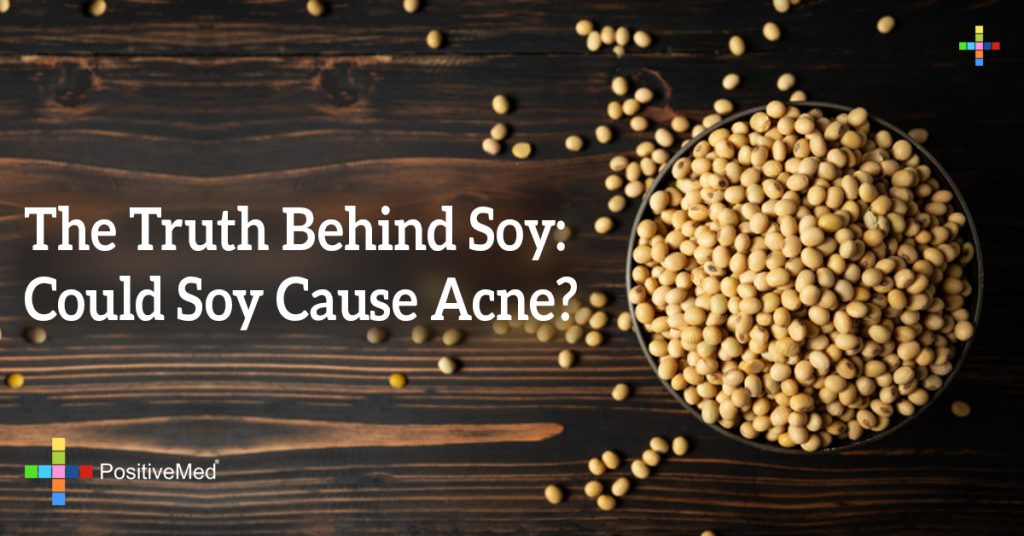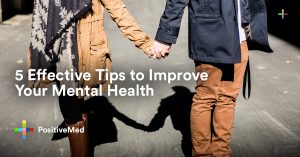
Before You Trade the Holiday Turkey for a Substitute, Read This:
Could Soy Be Bad for Your Skin?
By Dr. Agnes P. Olszewski
Soy. You’ll find it on the shelves these days in many processed goods as an added oil (e.g. soy lecithin), or in the form of burgers, hotdogs, and even nuggets. But you’ll also find it in health food stores, and among widely recommended herbal products. Likewise, some say to avoid it, and others consider it part of a healthy diet or even the foundation of a vegan or vegetarian diet.
So what’s the deal? Is soy good or bad for our bodies and our skin?
There are certainly some health benefits of eating soy. Soybeans contain significant amounts of omega-3 and omega-6, and they are rich in vitamin E. Soy is also a complete protein, meaning it contains all the essential amino acids. It’s a good source of EFAs (essential fatty acids) too. The body cannot manufacture EFAs, so they must be supplied by the diet. EFAs are necessary for the proper functioning of all tissues and for tissue repair, especially the skin, since the EFAs hold skin cells together in a watertight seal and retain moisture.

Sounds great, right? So what’s the problem?
The majority of soy grown in the United States is genetically modified (GMO). The FDA does not yet require the labeling of GMO foods, so unless your soy is specifically labeled “non-GMO,” it’s likely that it’s GMO. There may be a nutritional difference between GMO and non-GMO, and in addition there is the possibility of negative, long-term effects of GMOs.
GMO soy may possibly cause inflammation in the body, leading to an exacerbation of acne. Even if the soy is in fact organically grown, it contains two estrogen-like isoflavones that may impact your system. Soy is indeed a hormone-like product and needs to be used in moderation.
Clinical and experimental studies examining the impact of soy or soy phytoestrogen consumption on human health have produced mixed and often conflicting results.So, it would be misleading to say that soy is absolutely safe and healthy for everyone under all circumstances. The fact is, non-GMO soy in moderation may be fine for you. But, if you’re eating it with every meal and breaking out, there’s a chance the soy is only hindering your ability to get rid of acne once and for all.
Also, if you take estrogen (oral contraceptives contain estrogen) or your body has too much estrogen (estrogen dominance), soy may not be for you.
Estrogen dominance is often due to dietary, lifestyle, and environmental factors. Certain foods include xenohormones (hormones taken outside of the body), which can throw off hormone balance. Xenoestrogen is a big contributor to estrogen dominance. Low progesterone, which can be attributed to high stress, is also a typical issue in estrogen dominance. When your body is stressed, it produces higher amounts of the hormone cortisol in an effort to control the stress on the body. The increased cortisol reduces progesterone levels, which can cause estrogen dominance. Symptoms of too much estrogen include anxiety, allergies, breast tenderness, fatigue, headaches, weight gain and more.
Do men have to worry about this? Because they can interact with estrogen receptors, phytoestrogens have the potential to play a role in any biological process that involves estrogen. Until soy is not consumed in large quantities and for a long period of time, there is no compelling data proving that soy will affect male libido or fertility. Still, there is an open discussion about the fact that Asian men who have consumed large amounts of soy for generations have less body hair than Caucasian males. So again, moderation seems to be the key.
Staying Practical
Using soy-containing products in moderation will not be harmful for most of us. But if you already have some health issues including some types of acne, are using oral contraceptives, have estrogen dominance, or if you were planning on using soy cheeses and milk in all your holiday recipes, or replacing the holiday turkey or ham with soy protein products, you may want to reconsider.
And stay away from GMO foods at large if you can. Remember, they were originally developed to conquer world hunger not to replace everything we have been eating for thousands of years with alternative, more convenient versions.
Final Thought
Food does not cause acne. But the wrong foods may exasperate acne and the right foods may play an important role in helping to treat acne, as certain foods may be helping cleanse and nourish your skin from within. So, don’t binge on soy or other foods that may aggravate your skin, and do remember to look for phytoestrogen-free acne treatments like AcnEase®, and get your skin clear again!
 Dr. Agnes Olszewski, CEO of Herborium, natural medicine expert
Dr. Agnes Olszewski, CEO of Herborium, natural medicine expert
“My work in China in the pharmaceutical and healthcare sector, and my personal experience while growing up in Europe, inspired me to develop Herborium®, a novel Botanical Therapeutics® company, based on a new, innovative healthcare concept that combines science and nature. Our approach has already been proven up to 98% effective in our acne treatment, AcnEase®
.”







